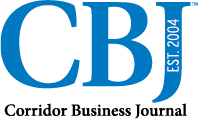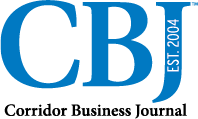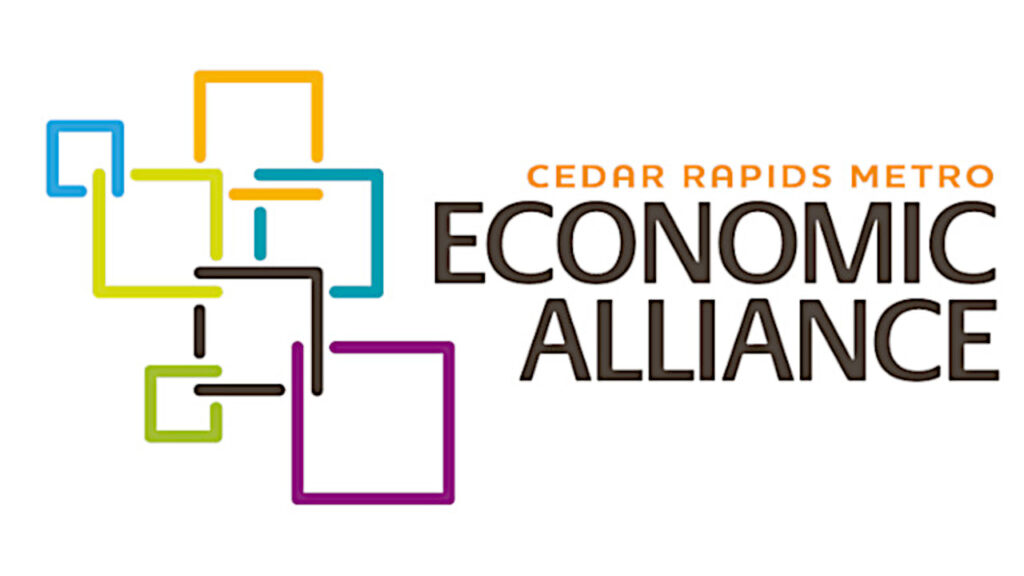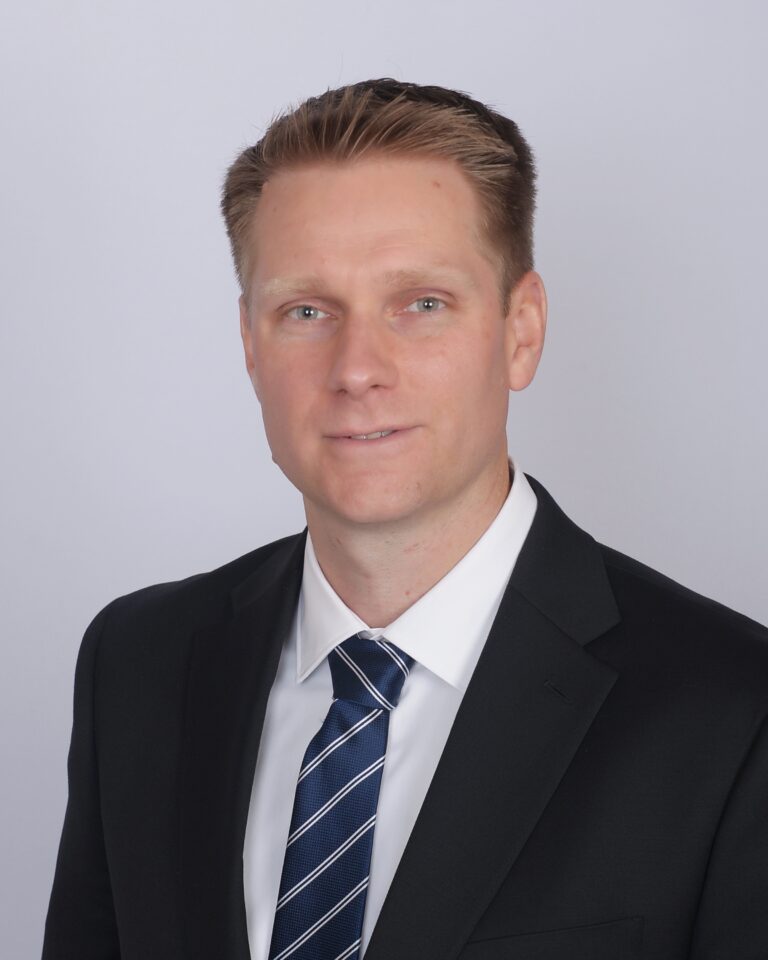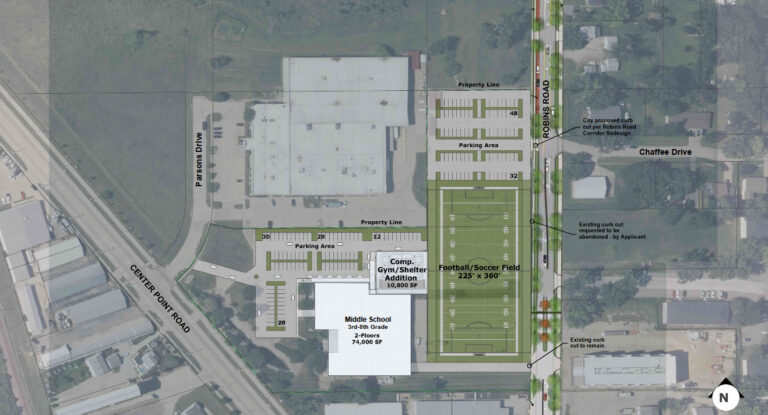In a collaborative effort aimed at bolstering retirement options for small businesses and nonprofits, the Cedar Rapids Metro Economic Alliance (CRMEA) has partnered with Transamerica to provide a pooled retirement fund program for its members.
The initiative, which began with a pilot program last year, is designed to simplify the administrative burden associated with traditional 401(k) retirement plans. The plan — which was publicly launched in April 2024 — also leverages tax incentives to encourage participation from small businesses.
The CRMEA retirement program, managed under a group employer plan structure, allows small businesses to access retirement planning benefits typically reserved for larger organizations. Transamerica, in partnership with TAG Resources — which it acquired in 2022 — oversees and administers the program, handling the complexities of investment and compliance tasks for participating employers.
Representatives from Baird, an investment company with a longstanding history of partnerships with Transamerica, assist with the financial planning aspect for each business that participates.
Sam Tvedt, a financial advisor with Baird, presented the benefits of the CRMEA retirement plan at a “Lunch and Learn” event on Nov. 13.
“[The pooled plan] really takes the bulk of your administrative duties off your plate,” Mr. Tvedt said. “That, combined with the low cost — someone who is running a small business, they wear pretty much all the hats — and this would hopefully not be much in terms of the time and effort they would have to put into the plan.”
Among several benefits that would not be accessible without a pooled plan option, the CRMEA plan allows members to gain access to streamlined administration, entry costs and a suite of investment options tailored to employer needs with a high degree of customization.
Mr. Svedt noted that Cedar Rapids acts as a shared home base for each partner within the program, and how the new divisions of labor help make the enrollment and management process smoother for both the employers, CRMEA, Transamerica, TAG Resources and Baird.
CRMEA Director of Operations Audrey Wheeler, who also acts as a plan administrator for the 401(k) program, said the simplification made such a program desirable for CRMEA after the pilot testing period.
“We wanted to go through ourselves first and just make sure we understood how the process went and that it was smooth, because we didn’t want to go out and offer it to our members if it was hard or clunky,” Ms. Wheeler said.
As noted by Transamerica Regional Vice President Gabe Chamberlin, CRMEA’s pooled retirement plan would likely not be possible without the Setting Every Community Up for Retirement Enhancement (SECURE) Act of 2019. Additional legislation for the SECURE Act will take effect on Jan. 1, 2025, which will require all new plans to offer automatic enrollment for employers.
According to the IRS, automatic enrollment “allows an employer to automatically deduct elective deferrals from an employee’s wages unless the employee makes an election not to contribute or to contribute a different amount” toward a 401(k) plan.
Mr. Chamberlin said this is ultimately a benefit, as it will allow for further streamlining and will shorten the savings gap for employers.
Tax incentives are also offered to businesses considering the program, bolstered by federal tax credits that significantly reduce the financial barriers to entry. Eligible small businesses — those with less than 100 employees — can receive upward of $5,000 in tax credits for startup costs. An additional $1,000 tax incentive is offered for matched employer contributions and discretionary profit-sharing.
“I’ve seen startup plans that cost [businesses] $1,500 to start the plan up. They get all of that back in tax credit,” Mr. Chamberlin said. “It’s been super helpful, and it’s why we’ve seen so much growth.”
Mr. Svedt also emphasized the program’s customization factor, which can maximize employee turnover while offering a selection of different levels of financial involvement.
For example, seasonal employers can implement longer eligibility periods to manage turnover; attracting and retaining employees while they wait to join the 401(k) plan. Employers can also select from three different levels of investment involvement: traditional, cruise control, or autopilot.
“Everything in your plan that you set up for your employees is completely customizable,” Mr. Svedt said. “If you’re nonprofit and you don’t have a very thick margin at the end of the year, then discretionary profit sharing allows you to, once a year, just take what’s left over and give it to the employees. You don’t have to do a guaranteed match for them. And so everything that goes into plan design — also loan provisions — If the Economic Alliance allows loans, and you don’t want to allow loans within your 401(k) plan, you don’t have to. You get to design it exactly how you want.”
Currently, the CRMEA has three businesses enrolled in the pooled retirement plan program. With positive feedback from early adopters, Mr. Svedt said they will host another Lunch and Learn in spring to garner more interest.
